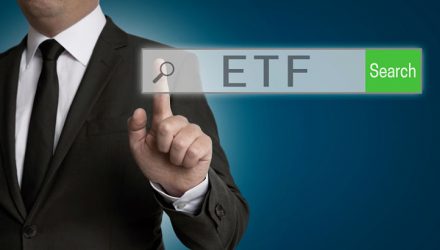Dave LaValle, US Head of SPDR ETF Capital Markets from State Street Global Advisors addressed some of these risks:
“While we find the growth of ETF utilization to be extremely exciting, we encourage investors to engage in the appropriate level of due diligence, on their own, and with their advisors, to ensure they are meeting their investment goals. At State Street Global Advisors and within the SPDR ETF franchise, we work tirelessly to ensure that investors are educated on the merits of ETFs as an investment vehicle. We are leading the industry conversation, bringing all members of the ETF Ecosystem together, asking the appropriate questions, and more importantly, recommending effective solutions, to ensure market participants and investors can trade these products with the highest degree of confidence.”
The primary risk that concerns many ETF investors involves illiquidity and potential mispricing during times of crisis. Other concerns have been raised about the increase of ETF volume as a percentage of U.S. exchange volume. In 2016, ETFs ranged from 25-30% of notional trading and 20% of share volume in the U.S. However, the data doesn’t show any tremendous change:
ETF volume and trading does remain a key factor to consider and watch over time, but as of now they continue to remain great vehicles for accessing equity exposure and implementing passive and active strategies. As for the trading risk and closure risk discussed during the panel, it was pointed out that 60% of the total value traded in 2016 was concentrated in 20 ETFs and 28% of volume was in SPY. In other words, most of these risks reside more in the smaller, less traded and less popular ETFs. The largest ETFs continue to attract most of the volume and attention and have shown excellent liquidity.
It is important to note that many other types of investments besides ETFs also face some of the same illiquidity risks in times of crisis. But there are actions that can be taken to address some of these risks, as well as strategies that go further to address systematic market risk as well, such as the Swan Defined Risk Strategy. At Swan, we seek to mitigate systematic risk by always being hedged, along with always having equity exposure through high volume, passive ETFs. To learn more about our investment process and how we incorporate ETFs into our strategies, visit http://swanglobalinvestments.com/defined-risk-strategy.
Micah Wakefield is Director of Research and Product Development at Swan Global Investments, a participant in the ETF Strategist Channel.

